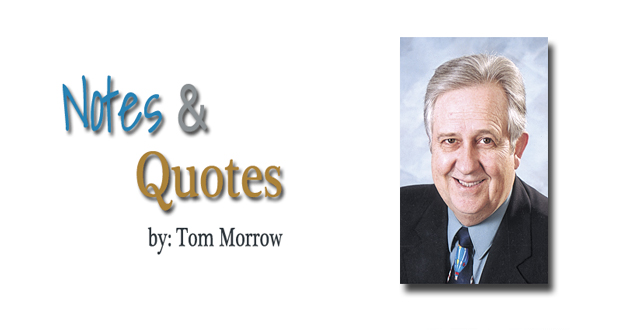John C. Fremont: Pathfinder of the West
If you’re looking for a true American hero pioneer, here he is…
By Tom Morrow
More than any other American, John Charles Fremont accomplished far-reaching feats, which not only resulted in the settling of the American West, but was instrumental in the founding of California… and, the nation.
There isn’t enough space to detail Fremont’s many accomplishments, as well as blunders and controversial decisions attributed to him. He held a controversial appointment as the first U.S. governor of California and later was elected as one of the state’s first two U.S. senators.
It started off with his presidential appointment to explore the West by James Polk; Later he would be convicted of mutiny in an Army court martial, only to become the first presidential candidate of the Republican Party.
Along with Washington, Jefferson, and Lincoln, the name “Fremont” can be found throughout the nation titling cities, counties, streets, schools, libraries and even a football championship trophy between universities in Nevada.
Historians portray Frémont as controversial, impetuous, and contradictory. Some scholars regard him as a military hero of significant accomplishment, while others view him as a failure. Nevertheless, Fremont became popularly known as America’s “Pathfinder.” He was the first to lead a party across the Rockies and Sierras into California.
In 1841, Frémont married Jessie Benton, daughter of Missouri’s U.S. Sen. Thomas Hart Benton, who was the Democratic Party’s leader for more than 30 years in the U.S. Senate. Benton championed the Western expansionist movement known as “Manifest Destiny,” which was a common belief among politicians and military leaders that the entire North American continent belonged to the United States.
The young American public embraced “The Pathfinder’s” (Fremont’s) vision of the West and its inviting lands to be settled. Because of Fremont detailed reports, the Mormons were lured to Utah. He mapped documented what Lewis & Clark expedition early in the 19th century.
In 1846, war with Mexico. U.S. Navy Commodore Robert F. Stockton captured San Diego and U.S. Army Major Fremont led an expedition of 300 men to capture Santa Barbara and Los Angeles. It was Fremont who accepted the surrender of California by Mexican Gov. Andres Pico, putting it under U.S. control. Stockton appointed Fremont military governor of the new territory.
But trouble developed out of that appointment. Fremont was challenged by an old army foe, Brig. Gen. Stephen Watts Kearny (whose name on streets, towns and cities also is sprinkled across the West). The general claimed he had been appointed California’s military governor by President Polk. Fremont refused to step aside, but Kearny pulled rank and ordered the major to report back to Washington, D.C., to stand a court-martial trial. Fremont was convicted of mutiny, disobedience of a superior officer and military misconduct.
Because of Fremont’s many accomplishments, President Polk quickly commuted Fremont’s sentence to a dishonorable discharge. But, he wasn’t finished with the Army.
In 1846, Fremont returned to California and got rich in the gold fields. Then in 1850, upon the admission of California into the Union, Frémont was elected to serve as one of the state’s first two senators.
In 1856, the fledgling GOP party nominated Fremont as their first presidential candidate. He lost the election to Democrat James Buchanan, but when the Civil War broke out, newly-elected President Abraham Lincoln appointed Fremont a brigadier general and gave him command of the Army of the West based in St. Louis.
Frémont had few successes during that brief tenure. He ran his department autocratically, making hasty decisions without consulting Washington D.C. or President Lincoln. He even made his own proclamation freeing the slaves in his area of command. After Frémont’s slave “emancipation” edict, he was relieved of command by Lincoln for insubordination. But in 1861, before being relieved, he won a battle defeating the Confederates at Springfield, Ill. Frémont was the only Union General to have a Union victory that year.
There was one other important victory. He saw great potential in a relatively unknown militia general by the name of Ulysses S. Grant. Fremont put Grant in command of an expedition to secure the Mississippi River. Grant went on to be the Union’s most successful general – thanks for Fremont’s foresight.
After his removal from command, Fremont languished in Washington bureaucracy, retiring from the Army in 1864
Years later Fremont President Rutherford Hayes appointed him Governor of the Arizona Territory, but he never regained the reputation he once enjoyed.
On July 13, 1890, Frémont died in New York City at the age of 77. Today, historians give mixed reviews on Fremont’s life. He had his advocates as well as critics, but Fremont is one of America’s most important historical figures.
John C. Fremont’s story was written by author David Nevin (not the actor) in “Dream West,” which later was made into a TV mini-series starring Richard Chamberlain.



